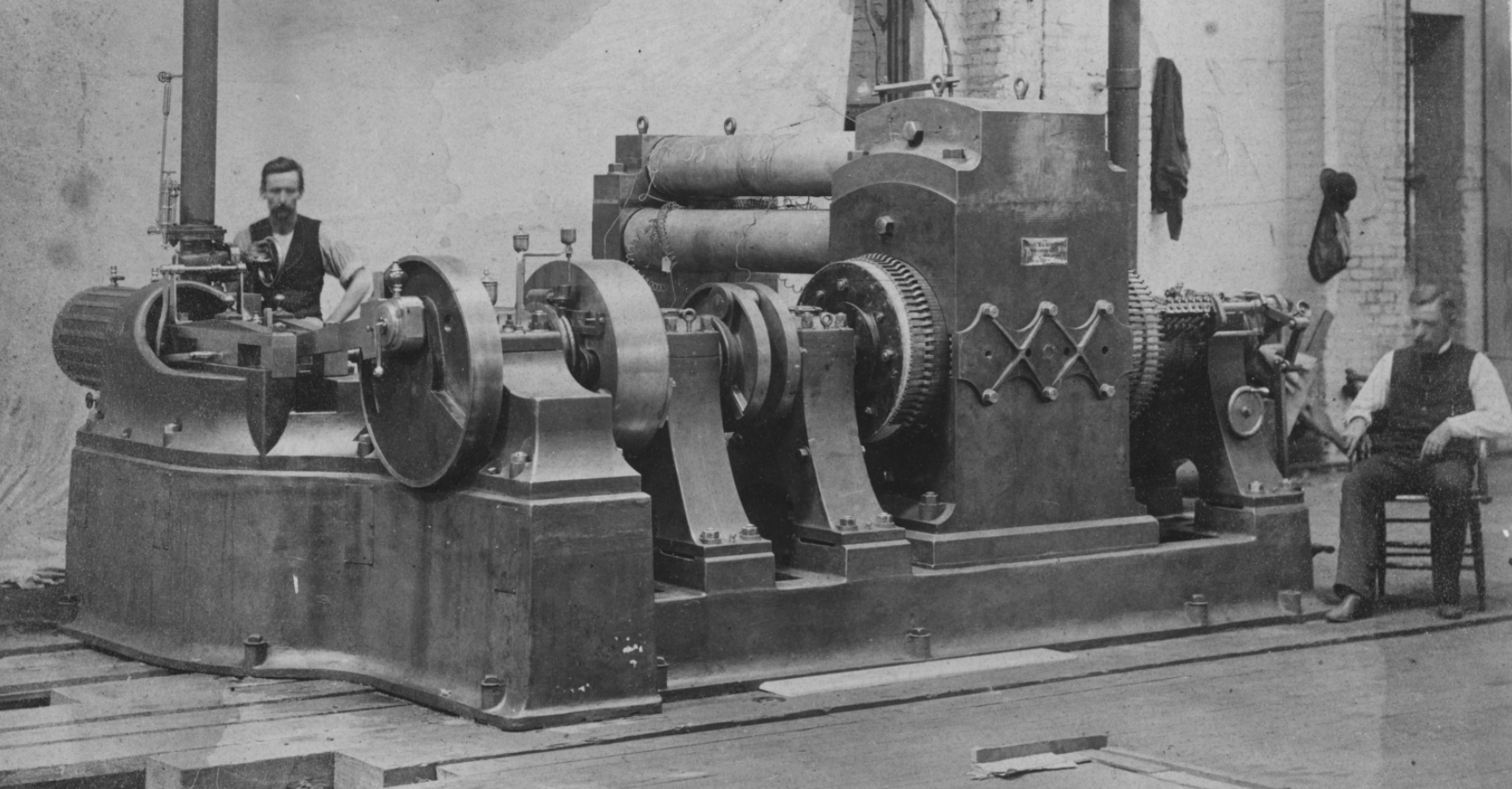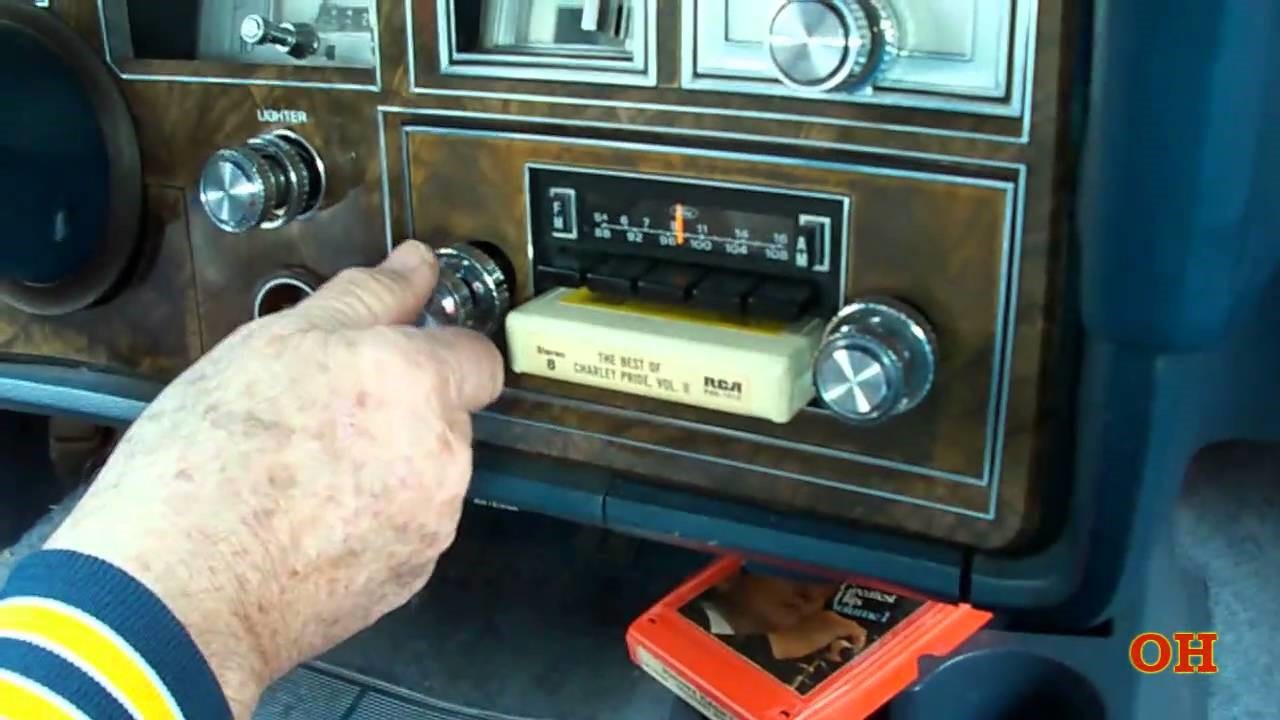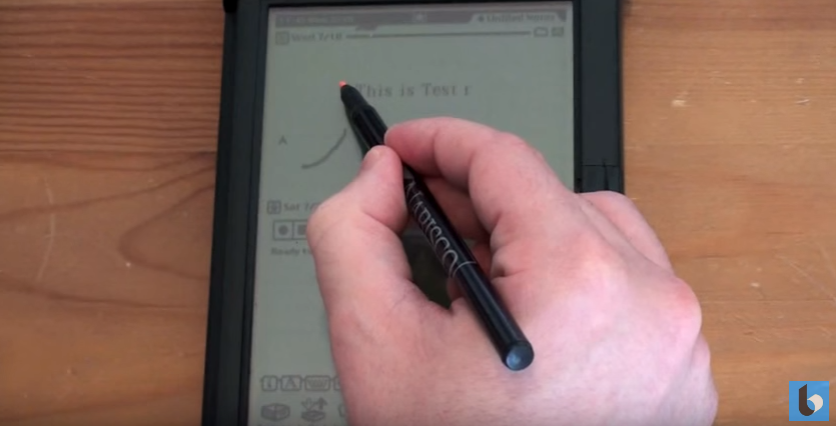By Brian Santo, contributing writer
Today, we are celebrating failures that almost weren’t. We are attempting to restore some small measure of respect to a handful of products and technologies that almost made it but didn’t, only to have something exceedingly similar succeed soon after.
Some ideas have failure embedded in their conception (e.g., ham ice cream, which I have sampled), but other ideas get to the verge of success only to fall short for some flaw in the execution, or a rush to the market before the product is ready, or before the enabling technology is quite up to the task.
Somehow, however, a dumb idea destined to fail and a great idea that just misses share the same ignominy.
Eleven years ago, historian Scott Sandage presented the argument that America invented failure . The concept as we know it today barely existed prior to the mid-1800s. It started out as a description of a business phenomenon, was adopted as a metaphor, and then became a generically applied concept, according to Sandage. (This interview with Sandage provides an introduction to the ideas in his book, The Invention of Failure .)
In the last 150 years or so, America has practically made a cult of success. The country was primed for the Yodic proclamation, “Do, or do not — there is no try.” It sounds profound until you realize that Luke had to practice — which is to say, try — for an extended training period before even beginning to tap into The Force. We know that the gnome’s gnomic gnosis was — at best — an exaggeration because we watched Luke go through the process.
What follows are some notable failures that were actually near-successes, important for embodying some concept, or for implementing some capability, or in some other way being an important predicate to something just like it that achieved success.
1. Failure: DC power networks. Success: AC power networks.
Thomas Edison was the first to propose creating an entire power system, complete with generators and transmission lines and providing electricity as a service. He began building a direct current power network in New York City, sparking the demand for electrification. The problem was that DC systems have limited transmission range; extending Edison’s network would have required a vast number of generating stations. Nikola Tesla proposed that using alternating current would be a vastly more practical alternative, and so it was. George Westinghouse began commercializing AC systems, which are now the basis of the global power grid.
Edison, it is worth pointing out, might be the patron saint of the “If at first, you don’t succeed, try, try again” school. For example, he tested literally hundreds of materials before determining which one he would use for the filaments in his light bulbs. He summed up his approach in a famous quote: “Genius is 1% inspiration, 99% perspiration.” Tesla, by the way, disdained Edison’s shotgun approach. In an only slightly less well-known observation, he said, “I was a sorry witness of such doings, knowing that a little theory and calculation would have saved him 90% of his labor.”

2. Failures: Qube and the Full-Service Network. Success: The modern cable industry.
There are a great many companies in the cable industry that contributed to the video/broadband services that we’re familiar with today, but early on, Time Warner Cable was particularly ambitious experimenting with interactive TV. In 1978, an antecedent of Time Warner Cable introduced a service and a set-top box, both called Qube. Qube is cited as the first service to bundle rebroadcasts of over-the-air channels with premium and pay-per-view channels. Qube also was one of the first two-way services in the industry; two-way was the basis for some limited interactivity, including polling. Qube lasted until the mid-’80s.
In 1994, Time Warner Cable trialed an interactive television service that it called the Full-Service Network. FSN offered video-on-demand and supported video-conferencing, among other advanced features. In 18 months, FSN never got out of the Orlando, Florida, market, but to be fair, few thought that it was likely to. Part of the reason was that it was based on devices that augured what set-top boxes would be able to do 10 years later, but FSN systems were essentially workstations — way too pricey for consumer applications. Qube and FSN were failures, but they provided valuable experience that helped the cable industry develop into what it is today.
3. Failure: 8-track players and tapes. Success: Sony Walkman.
The popularity of the 8-track was predicated entirely on the auto industry adding them to their vehicles in the mid-’60s; it’s unlikely that consumers would have adopted the technology otherwise. Eight-track cassettes were figuratively clunky in that they were physically large and unwieldy, and the players were literally clunky in that every two songs (or every seven-eighths of a song, if you were a prog-rock fan), there was a track change that involved a disturbing clunking noise. Yes, people ditched cassette players for CD players just as quickly, but nobody hated cassettes the way that people hated 8-tracks.
The pertinent quality of 8-tracks was making personally owned music mobile for the first time. Cassette players vastly expanded the range of that mobility while offering other advantages. With the introduction of Sony’s Walkman, one of the most successful consumer electronics products in history, just about anyone could take their music just about anywhere. Cassette tapes were smaller, their audio quality superior, you could get anywhere from 15 minutes to an hour per side, and you could record on them easily. They depended on earphones, which meant that listening was a private activity, in marked contrast with the way that boomboxes tended to be used (boomboxes contributed mightily to the popularity of the cassette format). Cassette technology invited the ability to create mixtapes, a phenomenon that lives on today in the form of playlists.

4. Failure: Clippy. Success: Personal assistants (multiple).
Microsoft introduced the first notable, widely available, computer-based assistant with Office 97. Clippy (officially “Clippit”) was an animated paper clip that would pop up unbidden to ask if you needed help with whatever task that it thought you might be having a problem accomplishing while using an Office product. Clippy was as reviled as Frankenstein’s monster, Jar Jar Binks, and Martin Shkreli all rolled into one.
Microsoft’s failure was one of implementation. The idea of an anthropomorphized assistant can be found in science fiction stories stretching back decades and is a sound one — figuratively and, it turned out, literally. The next set of assistants were voice-based rather than graphics-based, operated more in the consumer arena than in the business environment, and, importantly, did not manifest unless invoked. At first, the most prominent among them was Apple’s Siri, but the group also includes Amazon’s Alexa, Okay Google, and Microsoft’s own Cortana. What they provide consumers is hands-free access to information and voice-activated control of connected devices. What they provide their corporate owners is a brilliant mechanism for gathering reams of information for big data analytics used for advertising and selling stuff.

5. Failure: Newton. Success: iPhone.
The first Newton proposed in 1989 was a tablet. What hit the market in 1993 after a long, fitful development process was a handheld or personal digital assistant. Other companies beat Apple to the market with PDAs, but the Newton had a set of features, the combination of which would prove to be important precursors to subsequent products that were much more successful. Those features included programs enabling users to make lists, manage schedules, and perform other tasks; the ability of Newtons to network wirelessly with each other; and handwriting recognition. Some customers loved it, but the handwriting recognition feature didn’t work well at first, and the Newton became an also-ran to the more popular Palm Pilot. Apple killed the Newton in 1998.
The Newton’s features provided important rudimentary concepts that would be refined in the iPhone, however, which benefited from significantly more advanced processor, memory, and display technology. The iPhone could host an expanding universe of programs, now called apps. Wireless connectivity was no longer via infrared signaling but through cellular phone networks. The notion of handwriting recognition led to the use of touchscreens as the main input method. The iPad, meanwhile, is the natural heir to the original Newton tablet concept.

Source: YouTube (TechnoBuffalo).
6. Failure: Microsoft Spot smart watches. Success: The Fitbit.
Everybody knew that wearables were coming, just like everyone knew that personal digital assistants were coming. The question was, as it often is, finding a winning implementation. Smart watches seemed obvious, and Microsoft, left out of the PDA and cellular phone trends, tried to leapfrog into wearables with a smart watch, an instantiation of its Smart Personal Objects Technology program — hence, the name “Spot.” The watches provided access to the MSN Direct online service. Microsoft tried to expand the Spot product portfolio with some kitchen products, but in retrospect, the whole thing was doomed for several reasons. The technology just wasn’t ready. Notably, wireless connectivity was provided at FM radio frequencies, which in 2002−03, when the device was being designed, seemed a practical choice, as FM coverage is practically ubiquitous. Wi-Fi was not a sure bet at the time. MSN killed its smart watch line after four years; MSN Direct lasted a little longer, but Microsoft eventually pulled the plug on that, too.
The market wasn’t quite ready, either. Even today, the Apple Watch is popular, but it’s still not the overwhelming success that iPod was and the iPhone still is. What worked was scaling the idea back to a specific application that needed only intermittent connectivity, rather than to general internet access that relied on a constant connection. The solution was a device with a small handful of sensors that could count steps and monitor heartbeats to provide a log of exercise activity. A smartphone could do the job, but who wants to carry a smartphone when they’re exercising? A smart watch might work, but modern smart watches are basically augmentations of smart phones. Fitbit hit the spot (I did that on purpose).
7. Failure: Kodak digital photography. Success: Everybody else’s digital photography.
Kodak inventor Steve Sasson invented the digital camera in 1975. Sasson knew that it was too early at the time. His camera could do a few thousand pixels; he knew that he’d need at least a million pixels to compete with film, but he also knew that it would take the semiconductor industry 15 to 20 years to get to a megapixel. Kodak executives made excuse after excuse to not pursue digital photography until a quarter of a century later, after other companies were cranking out popular digital cameras, and it was too late to profit as a camera manufacturer (it made billions of dollars from the patents).
8. Failure: Sony Memory Stick. Success: SD cards.
Sony introduced its first Memory Stick in 1998, a flash-memory storage card, with the first ones holding up to 128 megabytes of data. It had a proprietary format, and Sony tried to license it as broadly as it could (it was used by Sharp in MP3 players, Epson in printers, and in a few other products). The failure of the memory stick had less to do with poor timing or poor implementation than it did with Sony being historically too anal-retentive about controlling proprietary technology. Eventually, rivals Panasonic and Toshiba, along with SanDisk, introduced the SD card, and that’s the one that took off.

Advertisement
Learn more about Electronic Products Magazine





